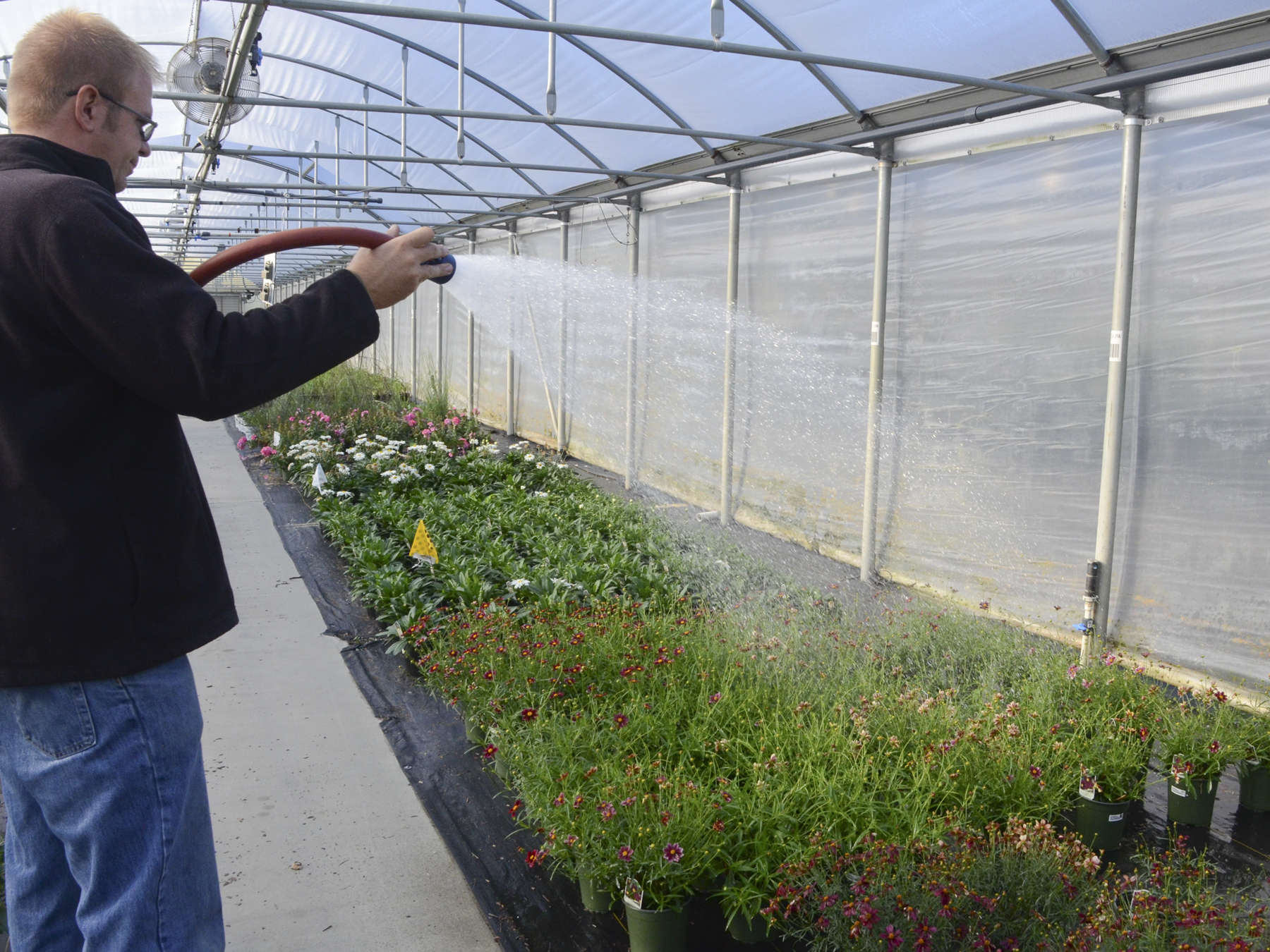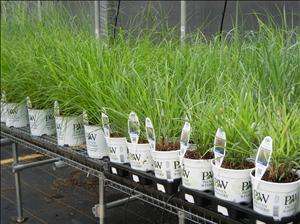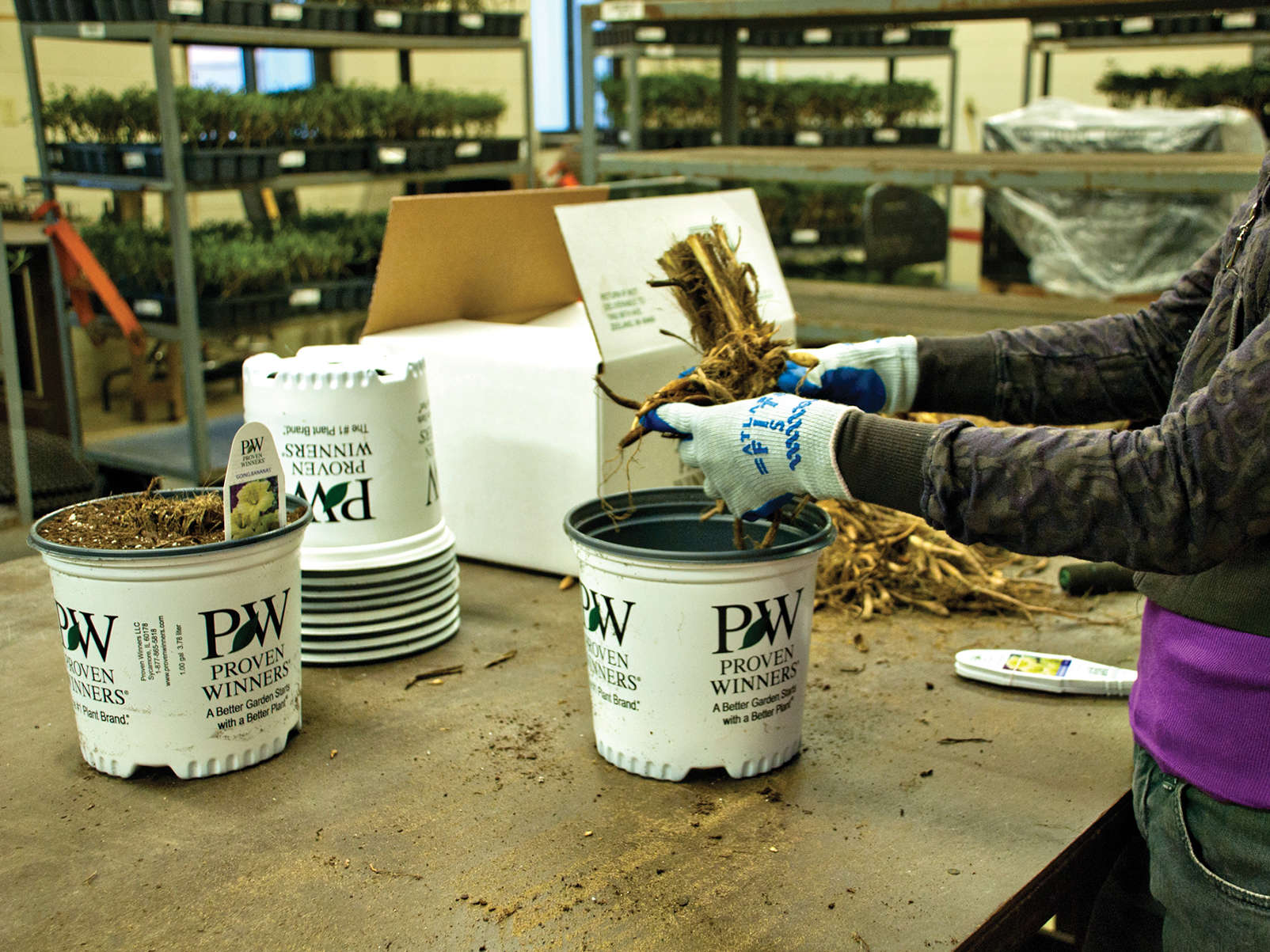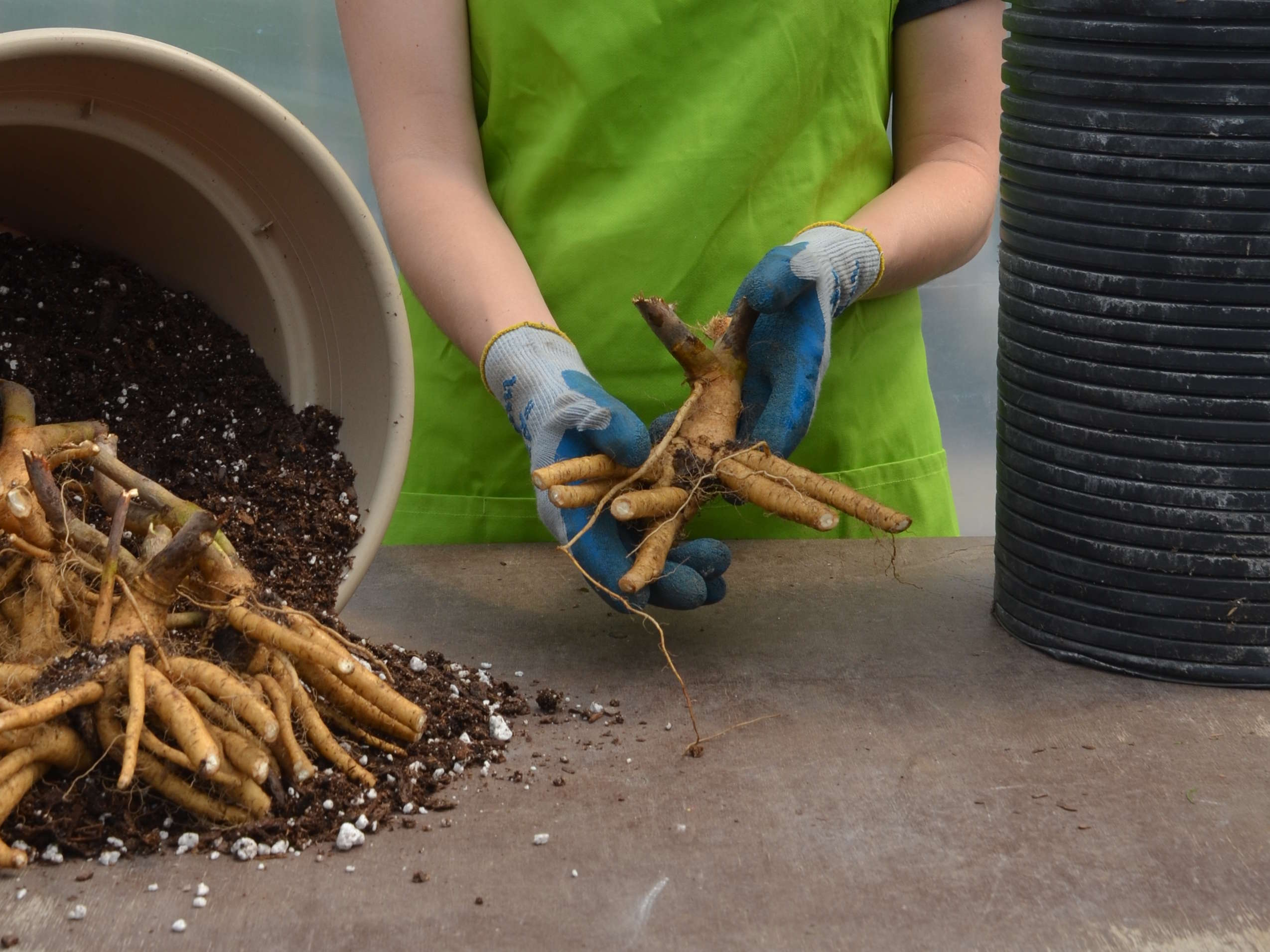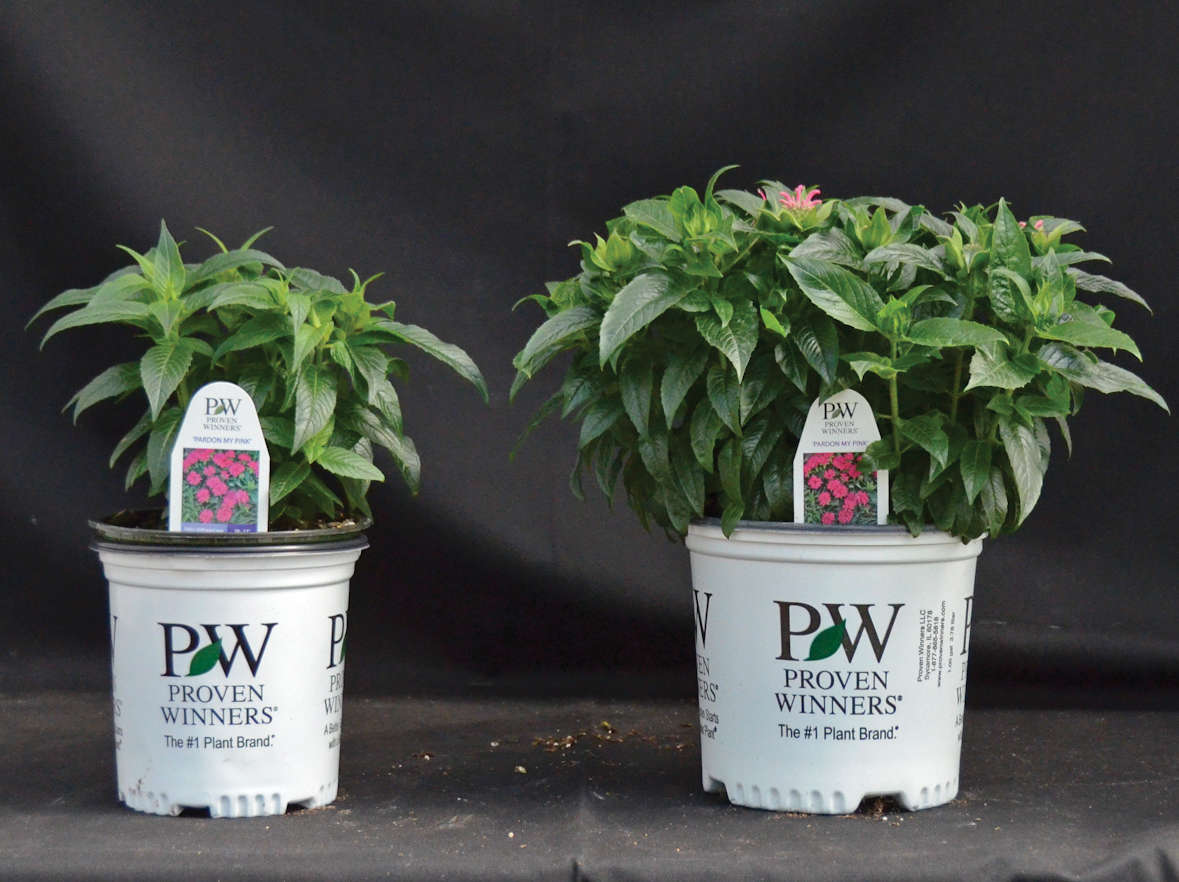Grower Tips to Handle Late Breaking Perennials
Four Do's for Managing Your Late Breaking Perennials
11/10/2008
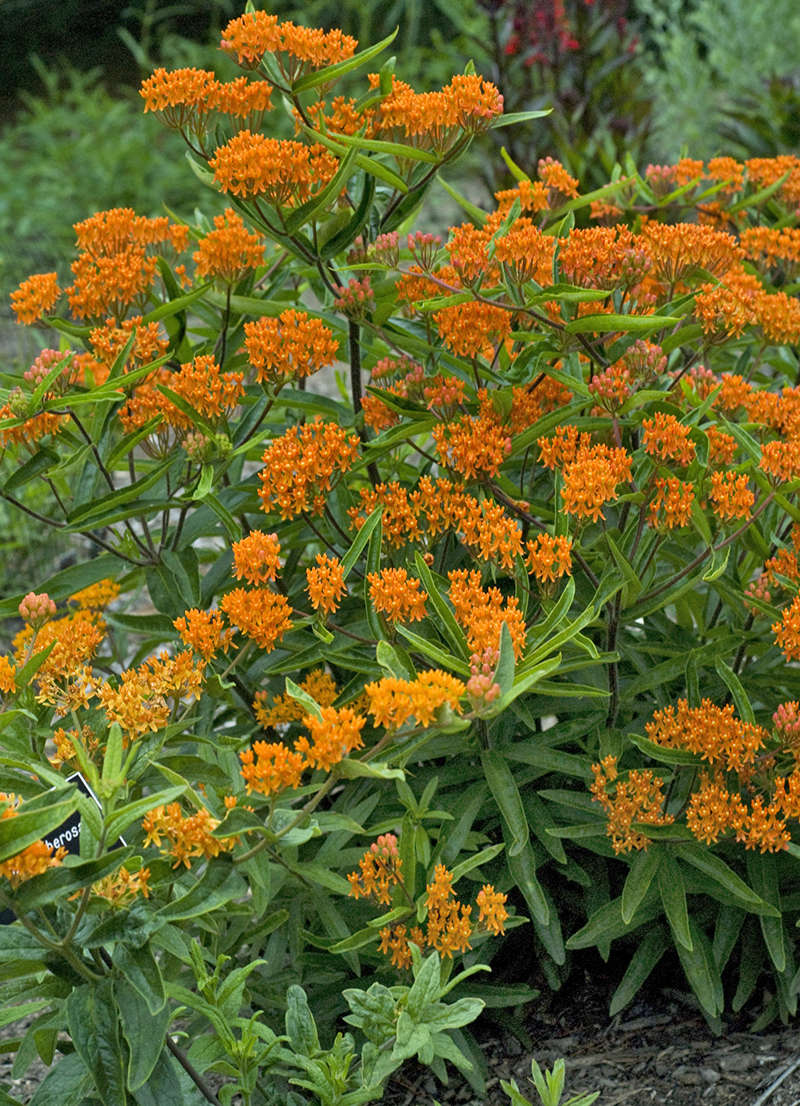
Pictured here is Asclepias tuberosa, a perennial which normally breaks dormancy late
1) DO monitor your watering.

Pictured here is Asclepias tuberosa, a perennial which normally breaks dormancy late
While plants are dormant, be careful to avoid both over and under-watering them during this vulnerable time, as both extremes will cause stress and could result in many losses. Over-watering can lead to root and crown rot, while under-watering can dehydrate and kill the plants. The key is to make sure there is just enough moisture in the pot to keep the roots hydrated and to give the plants the little amount of water they need as they begin to break dormancy.
2) DO "starve" the plants.
Fertilizing your plants before they are actively growing often results in the build up of salts in the soil which leads to stress and may causes losses due to dehydration or disease. Instead, begin fertilizing within a couple weeks after the plants begin to break dormancy.
3) DO check on your plants even when they are dormant.
Continue to check on your plants weekly even when they appear to be dormant. Watch for the first signs of any root and crown rot and keep pots free of any dead plant material to prevent a Botrytis outbreak. Also, keep the soil surface clear of moss and other weeds that will rob your plants of the proper water and nutrition once they break dormancy. At the first signs of new growth, watch for insects such as aphids which are attracted to tender new growth.
4) DO expect something wonderful!
Even though some perennials may wait to make their grand entrance in the spring, with a little patience and care, you will reap the rewards with vigorously growing, beautiful plants!

